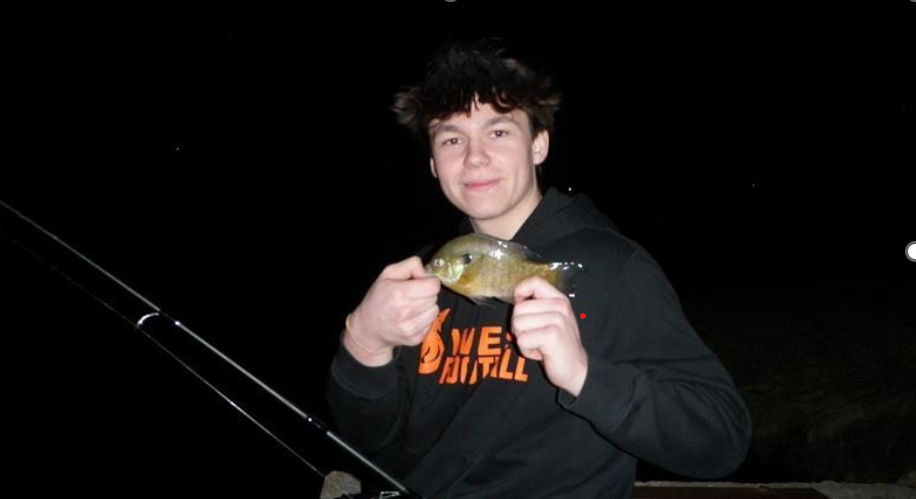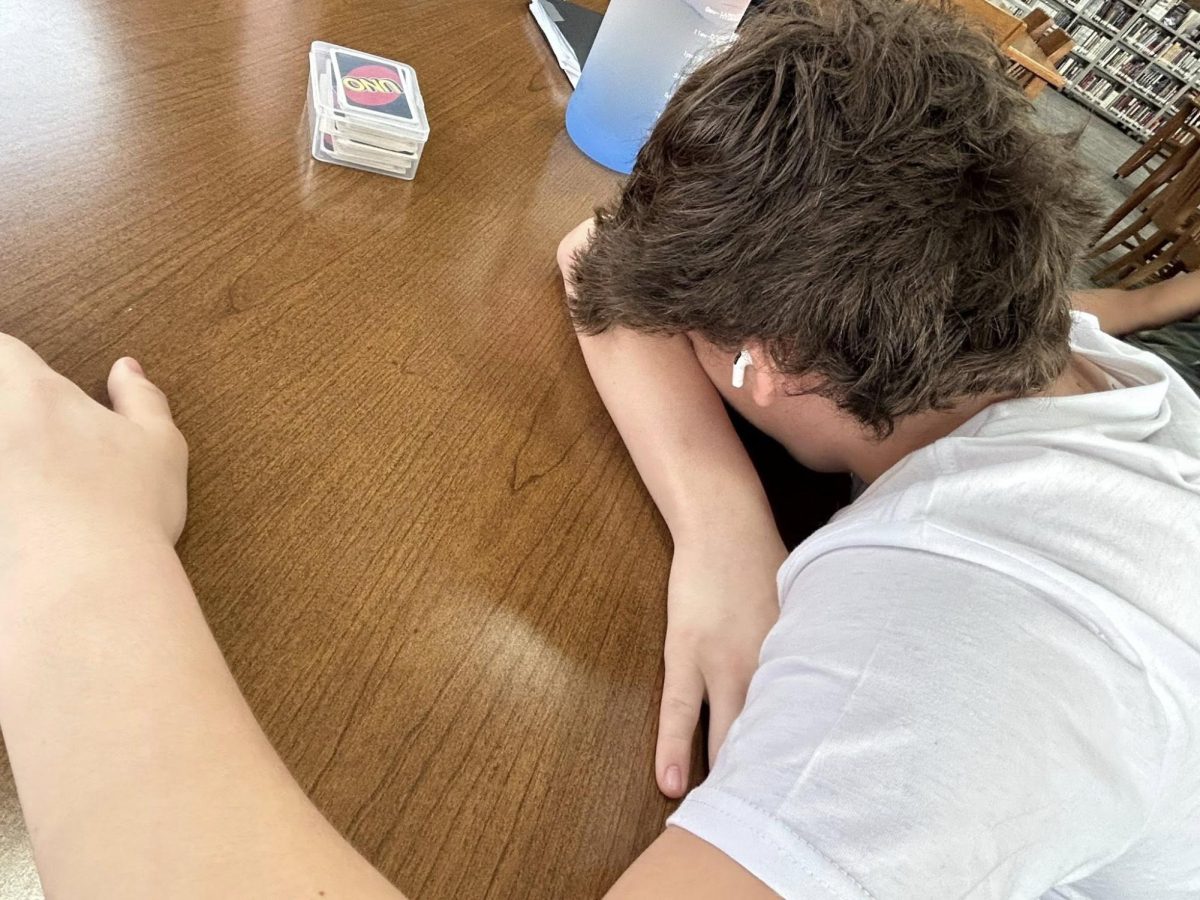Happy Halloween, everyone! It’s nearing the end of October, and although the leaves have just started turning crisp shades of red and orange, the spooky season has finally returned. And it brings along all the paraphernalia associated with this time of the year. Jack-O-Lanterns, spiders, ghosts, and skeletons litter our front yards, vacant stores are snatched up for the season, and candy lines store shelves. But where exactly did these traditions start?
Halloween is defined as a time on October 31 when there is “dressing up in disguise, trick-or-treating, and displaying jack-o’-lanterns in the evening” (Merriam Webster Dictionary.) Its roots can be traced back 2000 years ago to the Celtic festival of Samhain (sow-in). This festival was held the night before new year (November 1), marking the end of the fall/harvest and the beginning of winter. The Celts believed that on this night the boundary between the living and the dead was blurred, and the ghosts of the dead returned to wander the Earth and cause trouble for the living. Celtic priests would light large bonfires where people would make sacrifices to Celtic deities. Conducting this ritual dressed in costumes and attempting to predict each other’s futures.
When the Roman Empire conquered much of Celtic territory by A.D. 43, two Roman festivals were combined with the celebration of Samhain. One of them being Feralia, a day in late October to commemorate the passing of the dead. The other festival was to honor the Roman god Pomona, the Roman goddess of fruit and trees. Her symbol being that of the apple, which is the likely origin of the Halloween tradition of bobbing for apples: young men and women believed they would be able to predict their future relationships through this ritual.
The influence of Christianity in the Roman Empire caused the supplantation of many Celtic traditions. The festival of Samhain was replaced by All Saints Day (also called All-Hallows), a holiday which was celebrated with bonfires, parades, and costumes. And on the night of the traditional Celtic Samhain was All-Hallows Eve. Eventually Halloween!
Halloween first began in the United States with the merged beliefs and customs of different European ethnic groups in the Colonial Era. These celebrations included parties, ghost stories, dancing and singing, and lots of mischief-making. Over time Halloween became more of a secular and community-based celebration, removing many of the religious aspects of the holiday. Instead focusing on parties in schools and homes, and entertainment like parades. Trick-or-treating was viewed as an inexpensive way to celebrate as a community and avoid vandalism. This tradition morphed to focus more on younger children after the baby boom, during the 1950s.
Trick-or-treating began with early traditions ranging from Celtic people’s dressing as unearthly beings and trading offerings of food and drink. Or from the Scottish practice of guising, in which impoverished families would exchange food and money from homes in for their prayers for the locals’ dead relatives on All Souls’ Day. Or a German-American Christmas tradition in which adults would guess a child’s costume and give them treats when unsuccessful. Up until the mid-20th century things like fruits, nuts, coins, and toys were given to trick-or-treaters. But in the 1950s, candy companies started marketing small, individually wrapped candies. However, this trend didn’t catch on with consumers until the 1970s when parents started fearing any unwrapped treats. The tricks on the other hand have always been a part of All-Hallows Eve, dating back to the Celtic festival. Mischief Night and Devil’s Night were two early pre-Halloween traditions that including lots of good-natured mischief and pranks.
The tradition of wearing costumes has been around since the festival of Samhain. The Celtics would dress up in an imal skins and other disguises to ward off evil spirits that roamed the Earth’s surface. But over time, these costumes became a way
imal skins and other disguises to ward off evil spirits that roamed the Earth’s surface. But over time, these costumes became a way
to conceal one’s identity in a “spooky” way. With popular costumes being witches, ghosts, and black cats. Later into the 20th century the costumes started to include cartoon characters and pop culture or even political characters.
Halloween decorations gained popularity in the early 1920s and 1930s in the form of paper decorations. Things like black cats, witches on broomsticks, skeletons, pumpkins, and ghosts have always been commonplace. Halloween parties were the main outlet for these early decorations. Wax molds and other lawn decorations found their way to Americans’ front yards in the 1960s along with other displays that hung off roofs and exteriors. Moving decorations were popularized in the 1990s and 2000s in seasonal sections and stores like Spirit Halloween, slowly becoming more advanced over time. Their first animatronic was produced by Gemmy Industries in 1993 and was called: Lifesize Animated Witch. It had basic movements and a tape containing an array of jokes and phrases.
Fun Facts:
- The tradition of carving Jack-o’-Lanterns originated in Ireland and instead of pumpkins, they used turnips! This was to frighten spirits with the “scary” faces carved onto the vegetable.
- Candy apples were created by accident by a candymaker in New Jersey. The candymaker’s red cinnamon coated apples became popular with trick-or-treaters and are still seen during the autumn season today.
- Candy corn was originally called “Chicken Feed” and didn’t gain popularity and wasn’t associated with the holiday until the 1950s.

__________________________________________________
Thank you for enjoying these fun facts about one of many of our favorite holidays. When the anticipated night of October 31 finally comes around, and you roam the streets of your neighborhood dressed-up in search of candies and other treats. Stop and appreciate an annual tradition that’s been thousands of years in the making; thank the Celtics for your night of mischief; and please try some candy corn. Have a Happy Halloween everyone!
Special Thanks to:
- https://www.history.com/topics/halloween/history-of-halloween
- https://blogs.loc.gov/headlinesandheroes/2021/10/the-origins-of-halloween-traditions/
- https://www.albany.edu/~dp1252/isp523/halloween.html
- https://vintagevirtue.net/blog/ghoulishly-retro-the-charm-of-vintage-halloween-decorations
- Spirit Halloween Fandom







